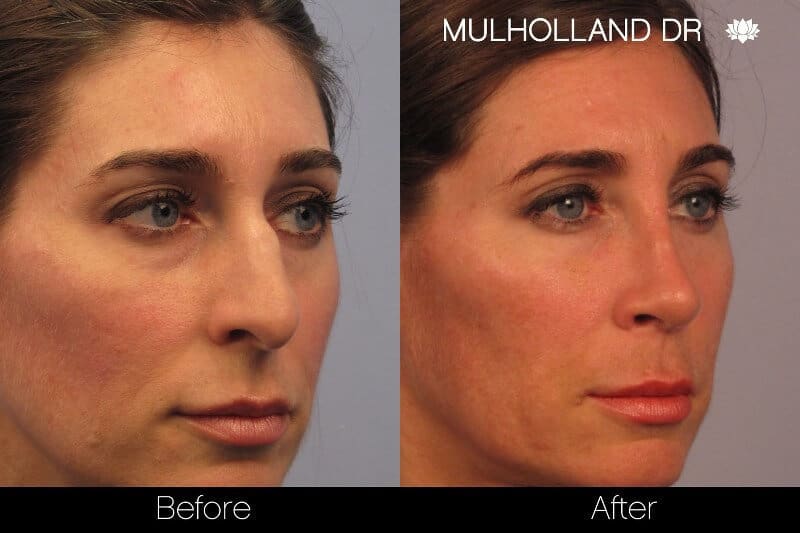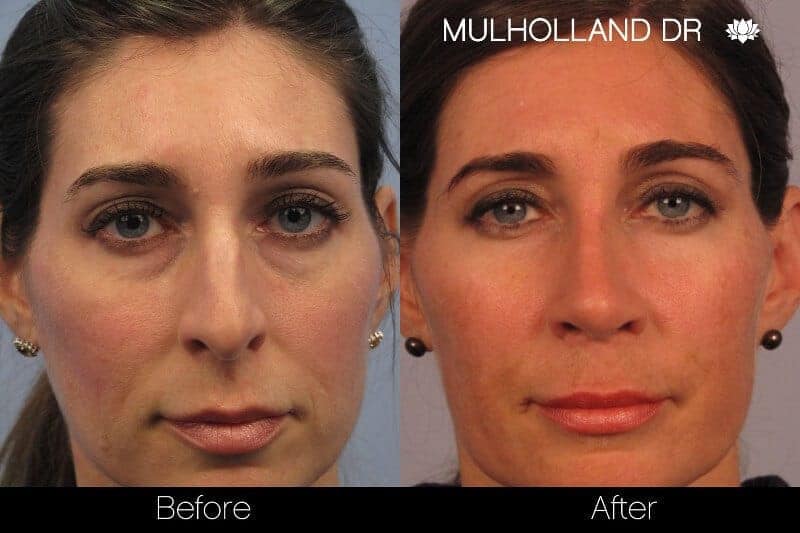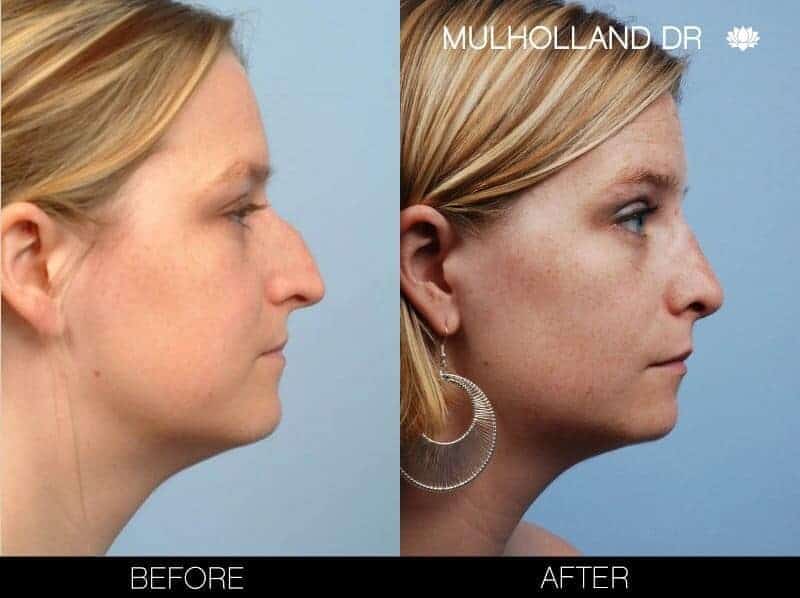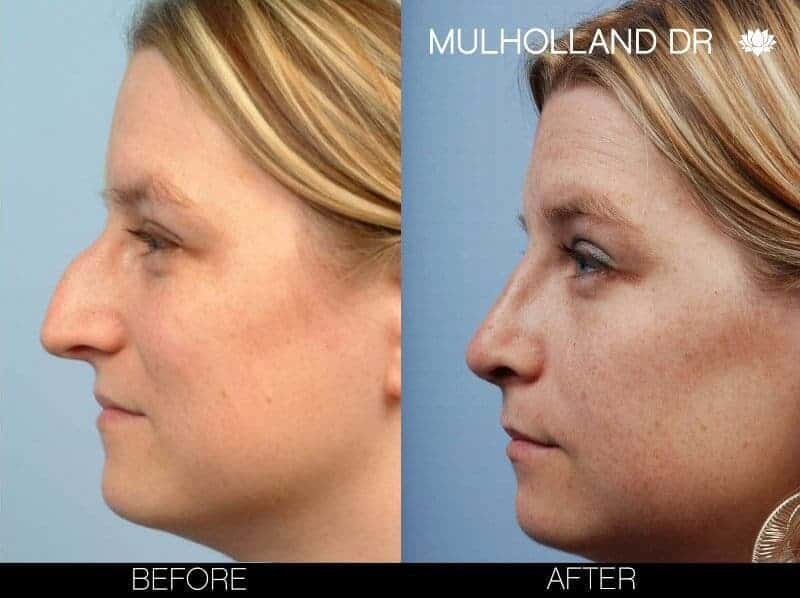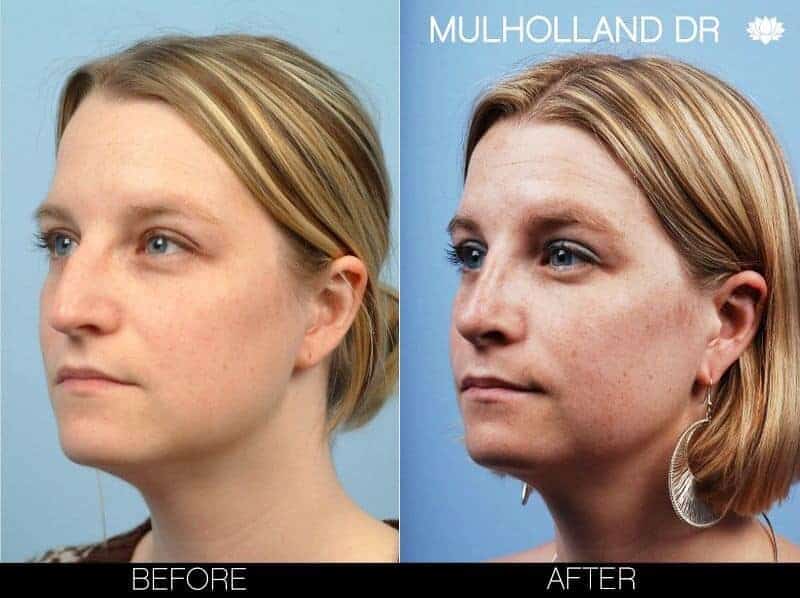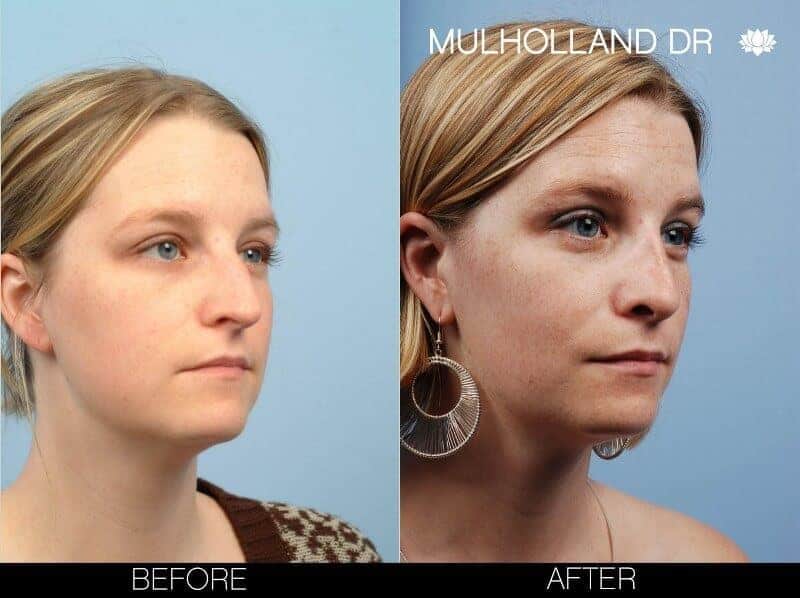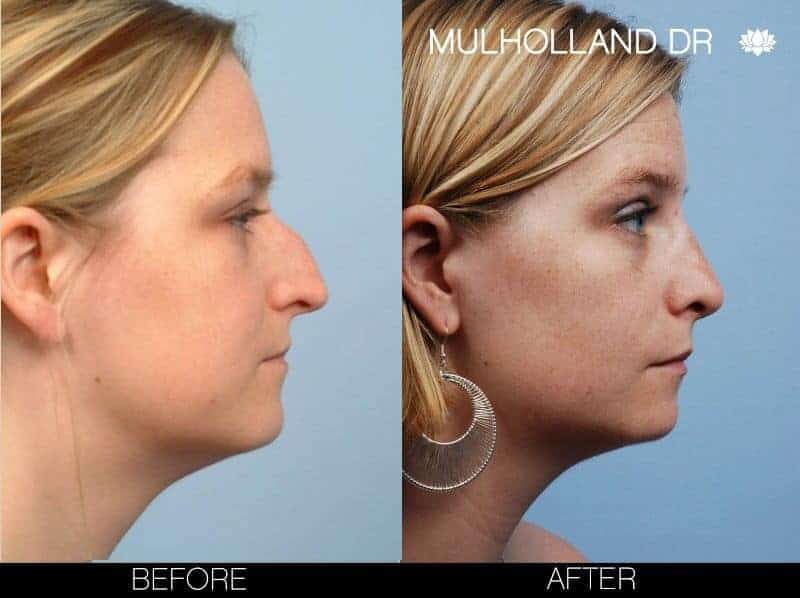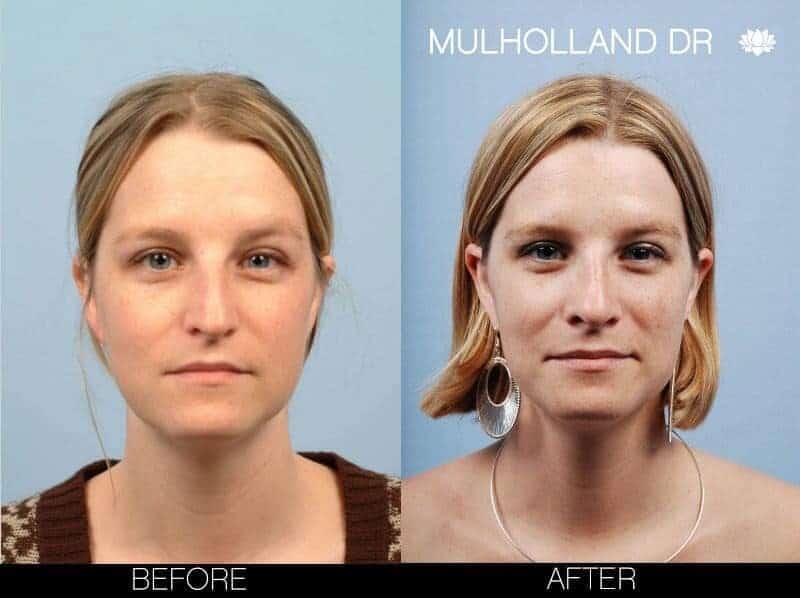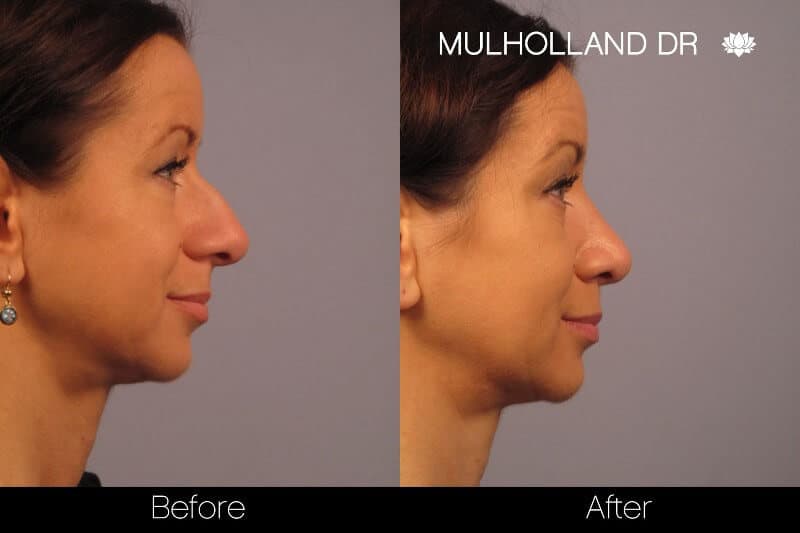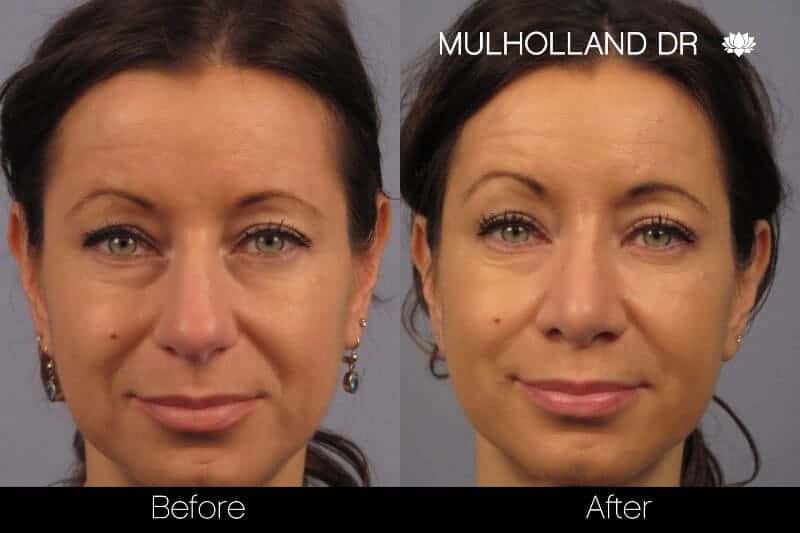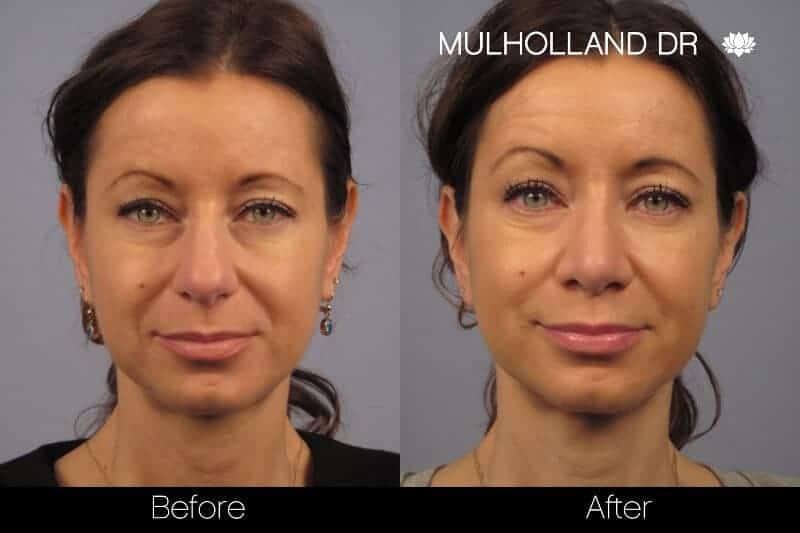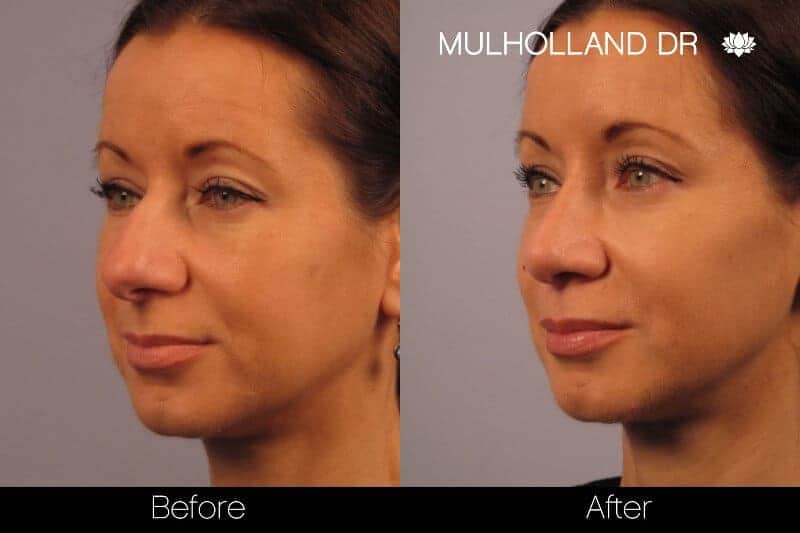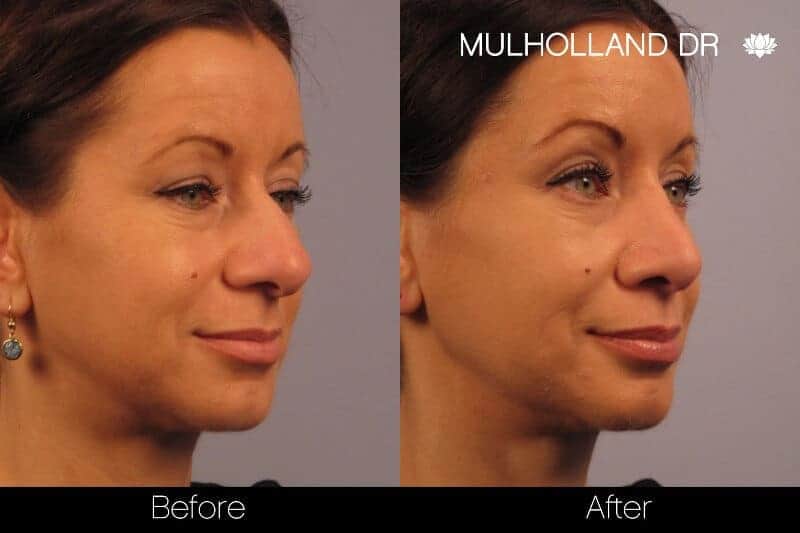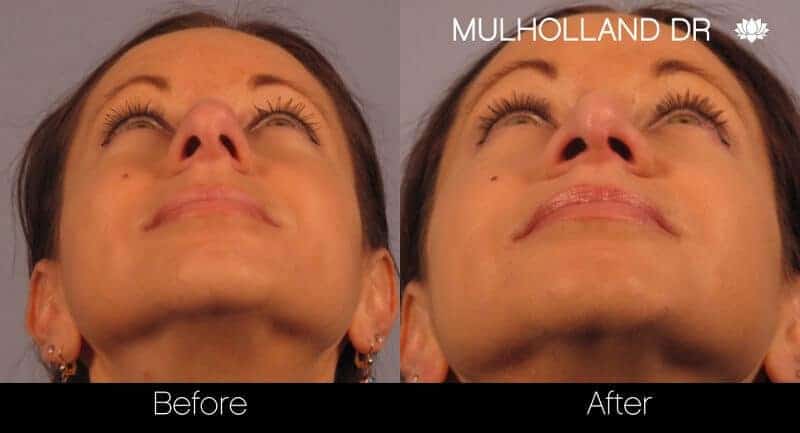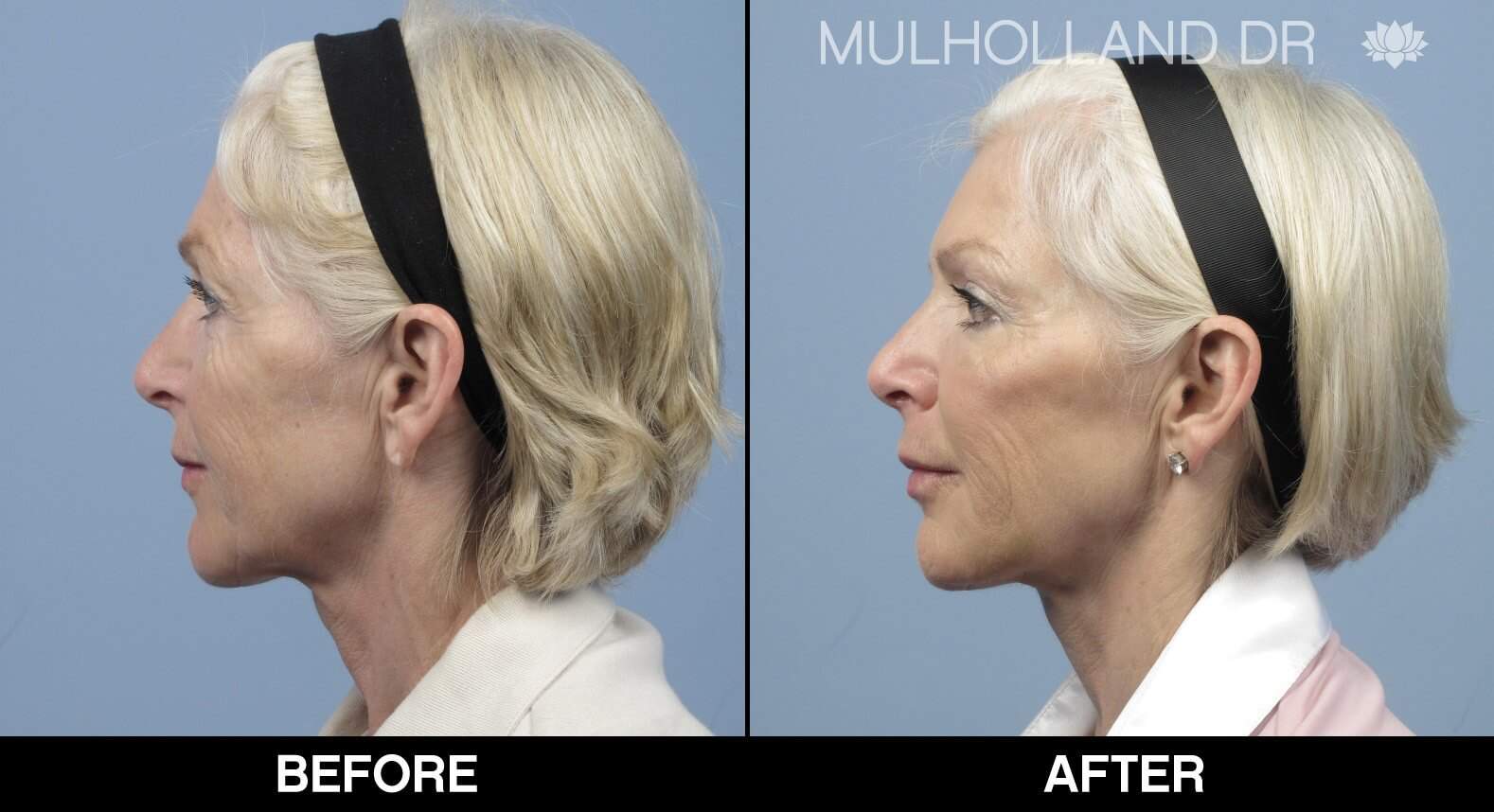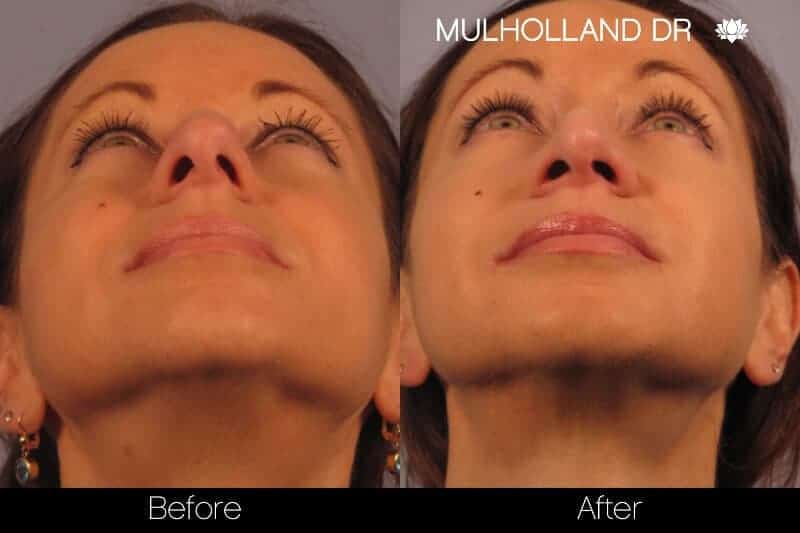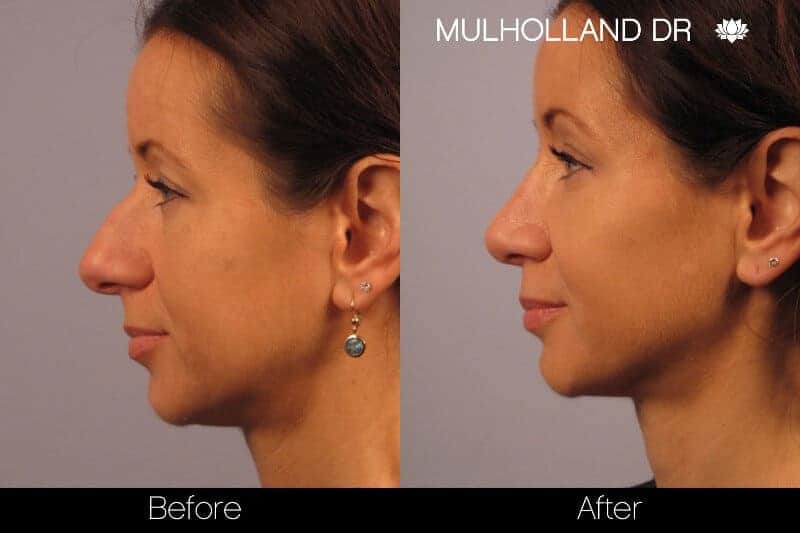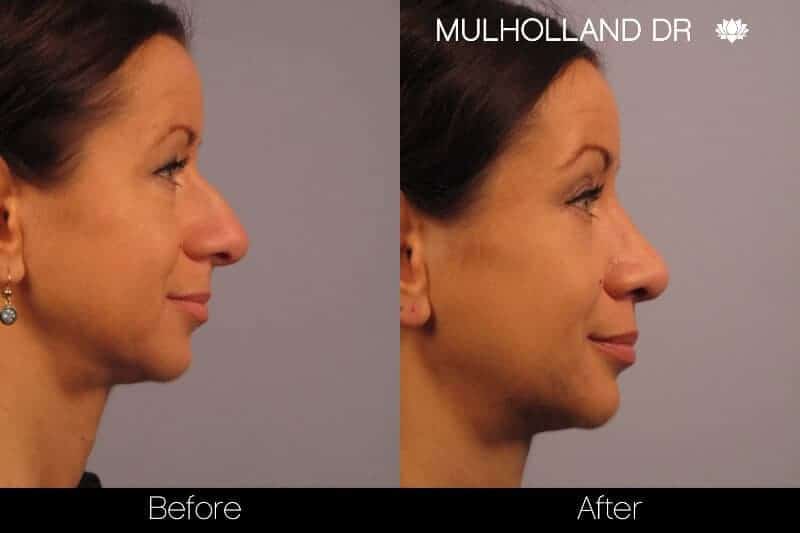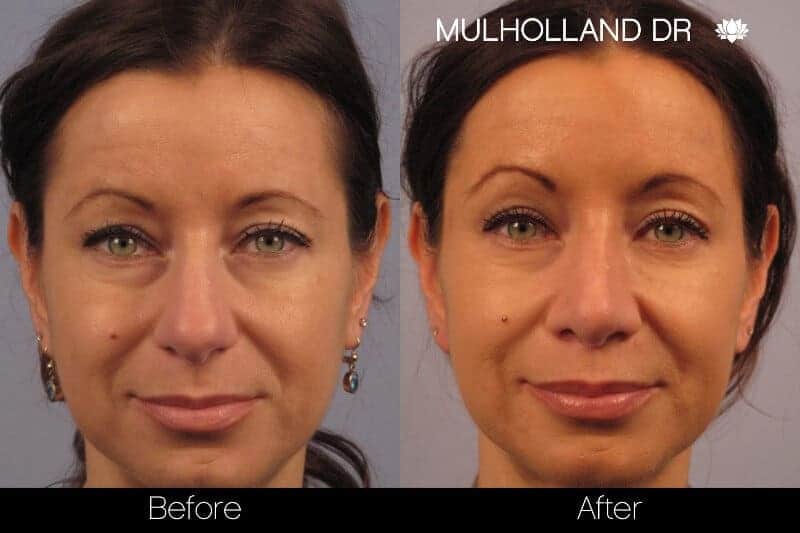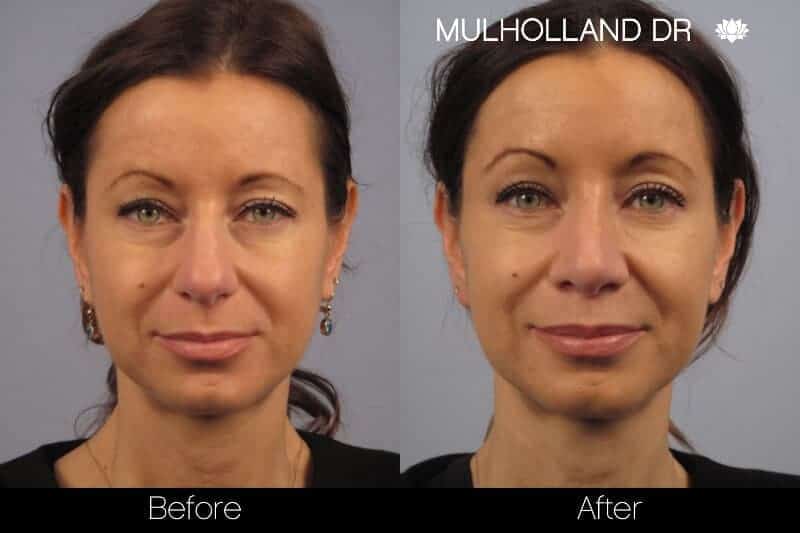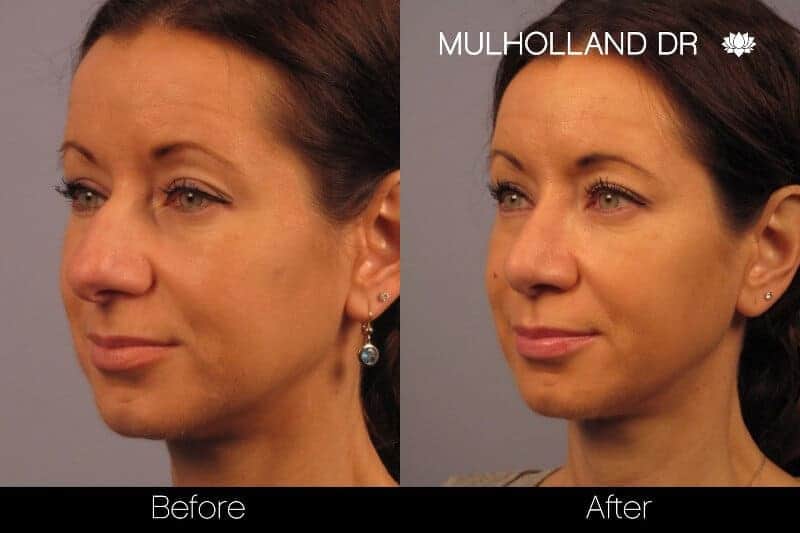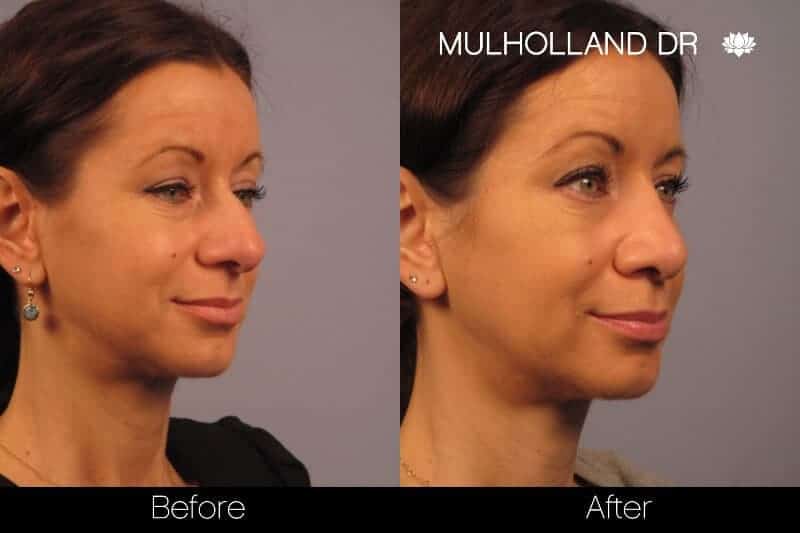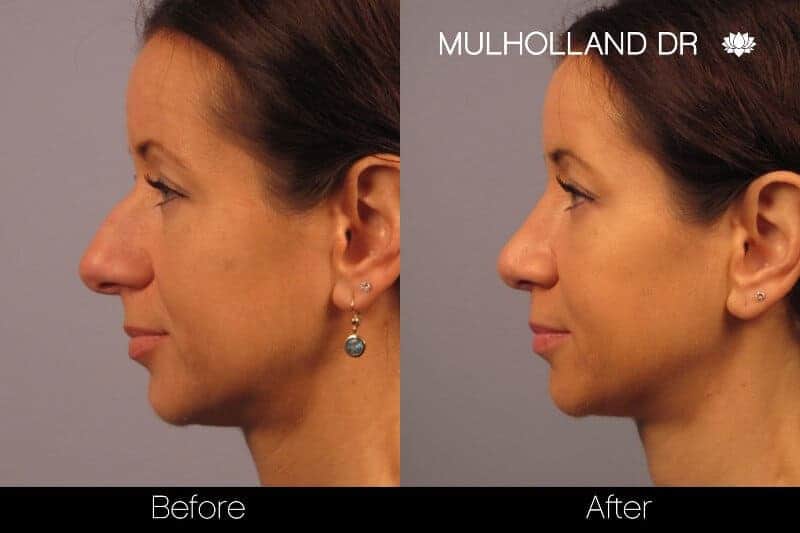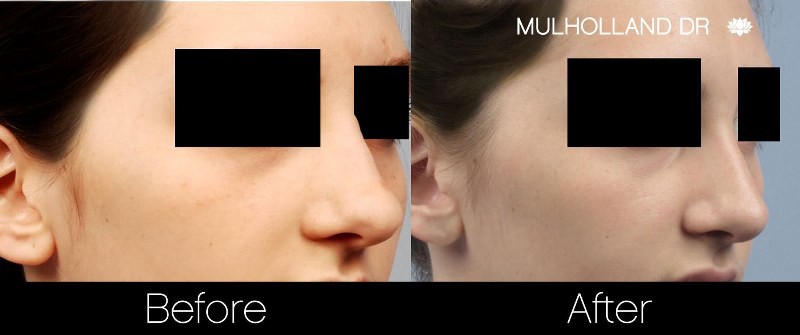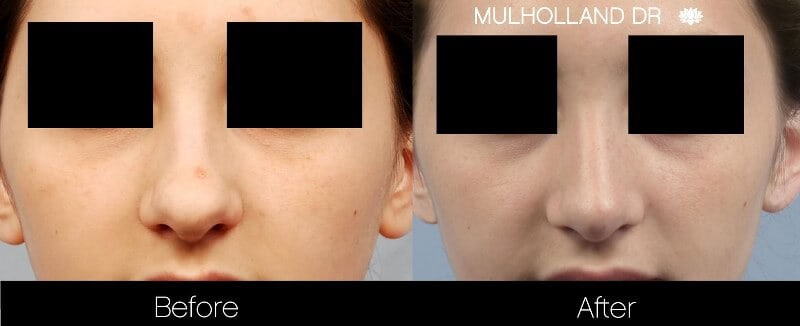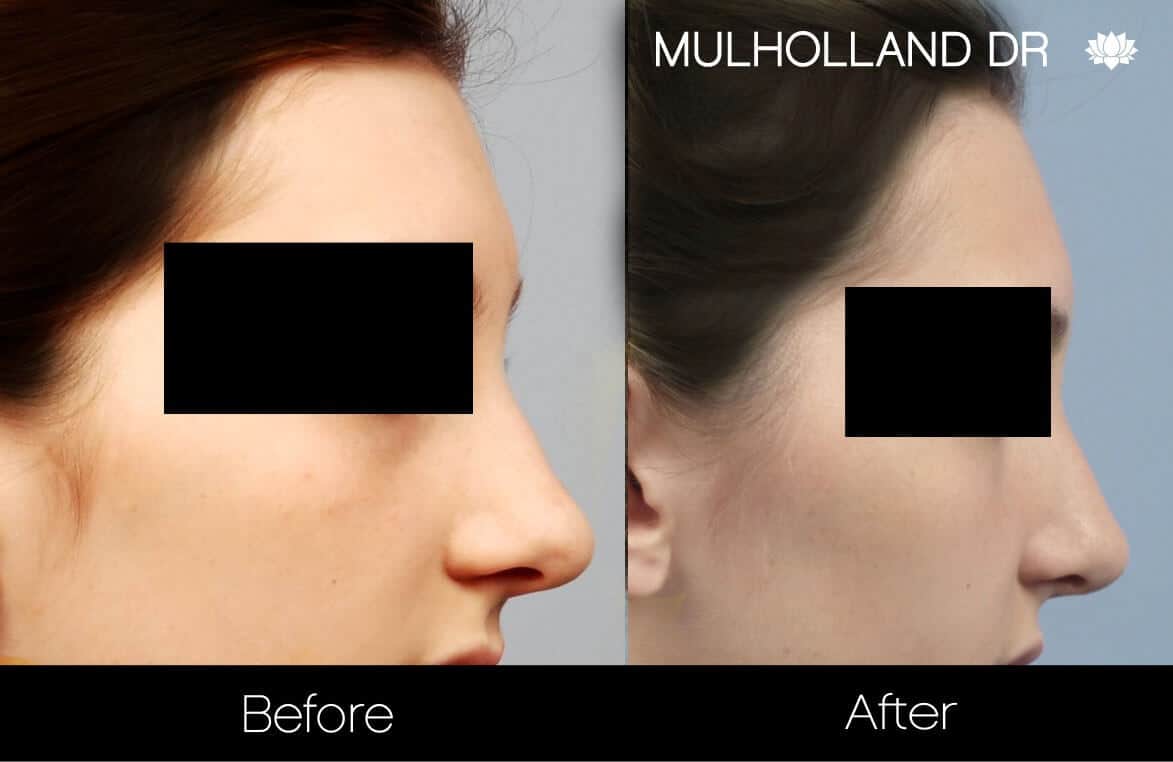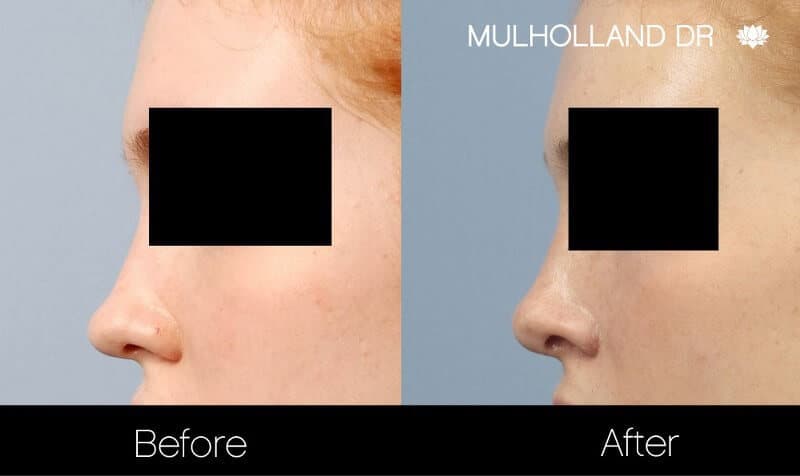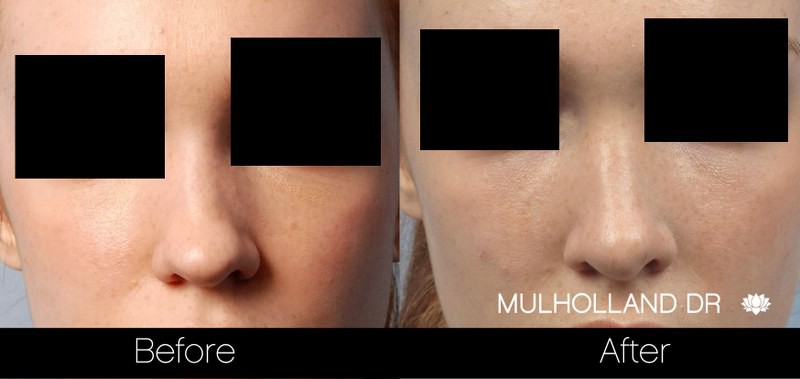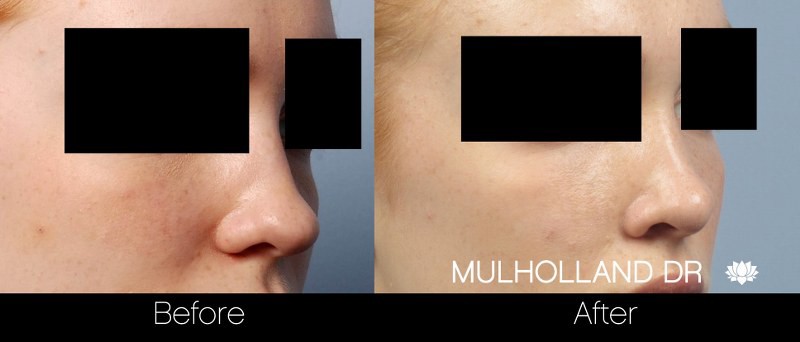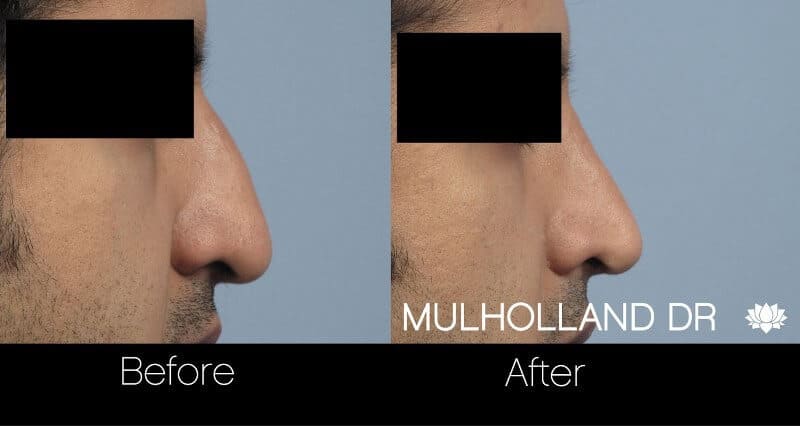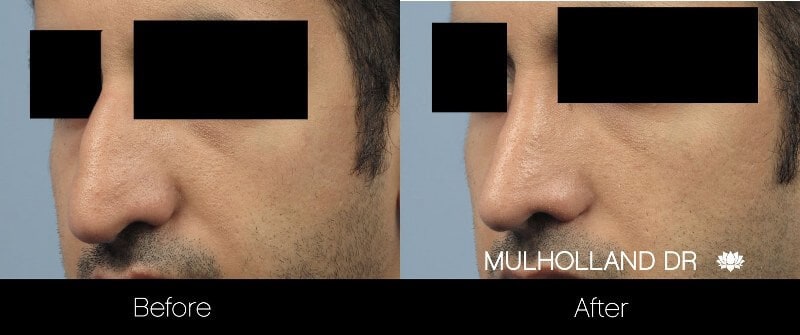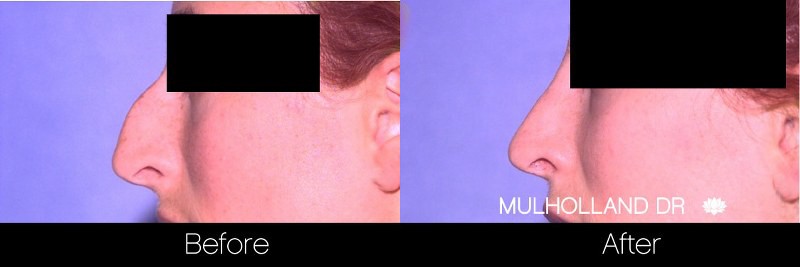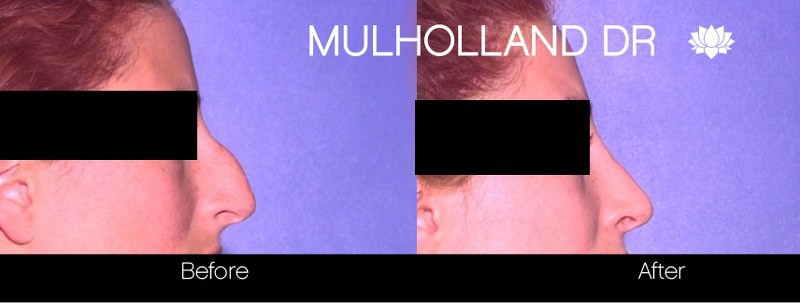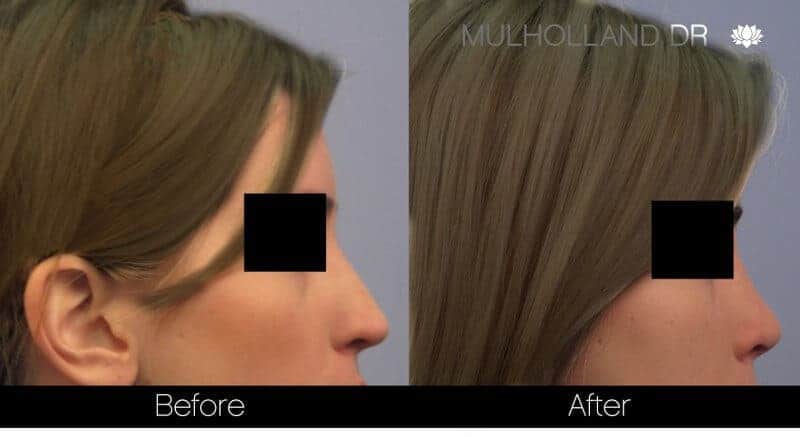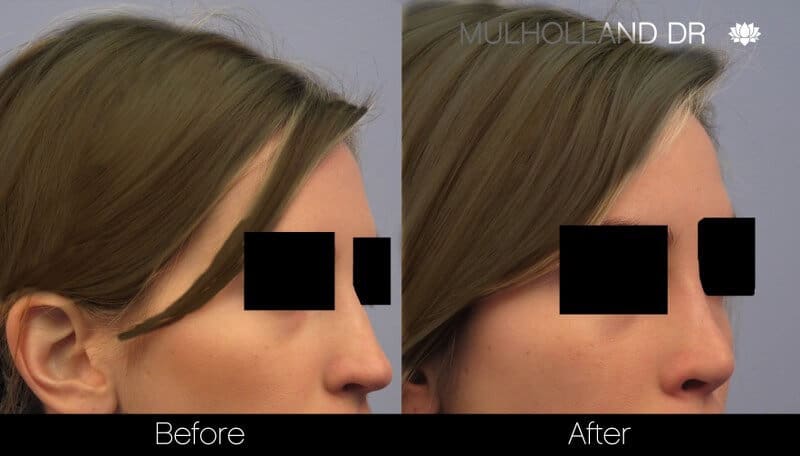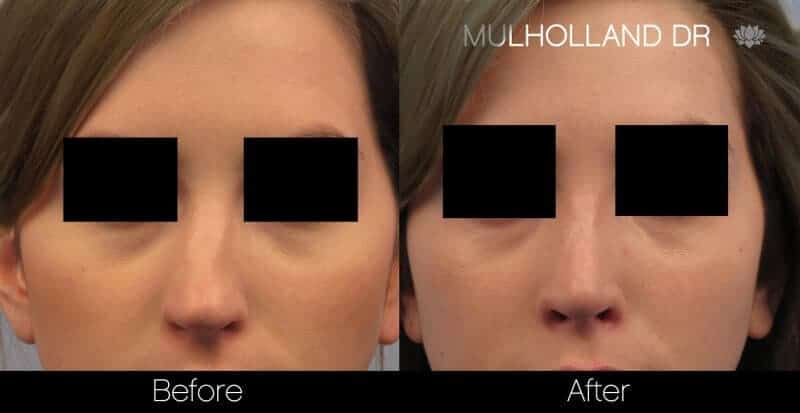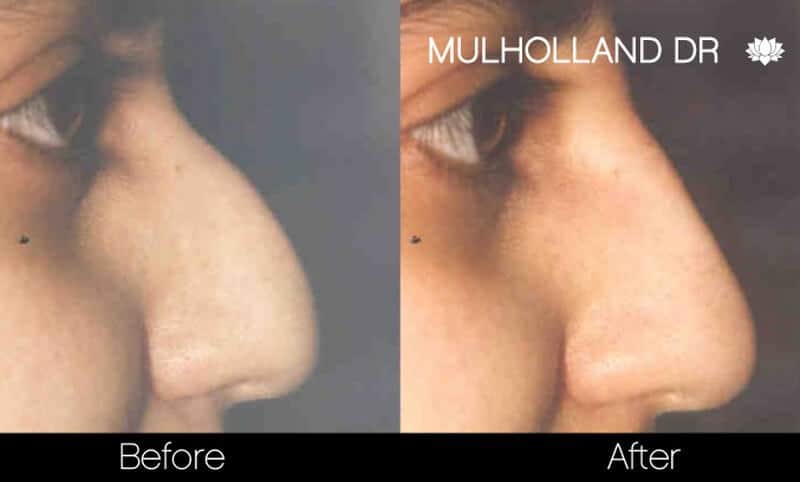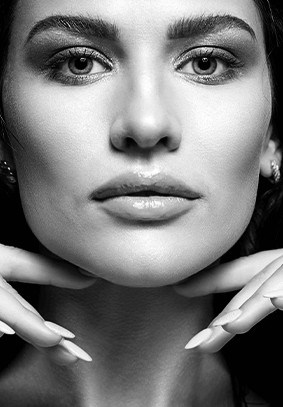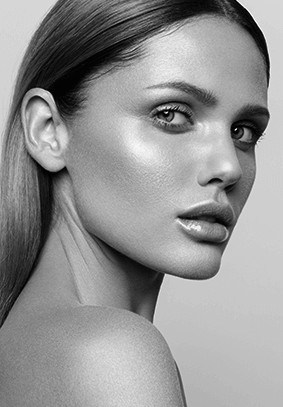-
 Price Starts at $9,500
Price Starts at $9,500
-
 Procedure Time 3 Hours
Procedure Time 3 Hours
-
 Recovery Time 3 weeks
Recovery Time 3 weeks
How Much does a Rhinoplasty Costs in Toronto, Canada?
While the cost of a rhinoplasty in Toronto varies depending on the specific changes required, pricing at Toronto Plastic Surgeons generally starts at:
- $9,500 for a tip-plasty
- $15,000 for a standard reduction rhinoplasty (bridge, tip, and nostrils)
- $17,999+ for revision rhinoplasty.
How Long Does it Take to Recover from a Rhinoplasty?
Your swelling will have improved significantly, and the final results will reveal themselves around the 6-week mark.
How Long Does a Nose Job Procedure Take?
A traditional rhinoplasty usually takes 1-3 hours, but the length of your procedure will vary depending on the treatment you’re receiving, the severity of your concerns, and your aesthetic goals. It is best to consult with the TPS team to understand the details before, during, and after your procedure.
What is a Rhinoplasty?
Rhinoplasty, commonly referred to as a nose job, is a surgical procedure aimed at changing the shape, size, or structure of your nose. It is one of the most popular forms of cosmetic surgery and can significantly impact your facial appearance and self-confidence.
Who is an Ideal Nose Surgery Candidate?
You are an ideal candidate for nose surgery if:
- You have a well-defined bone structure that will support alterations in the nose.
- You are in good physical health.
- You have realistic expectations about the recovery process and your results going into the procedure.
- You are not pregnant, a recipient of multiple nose job procedures, or have soft nasal tissue.
If you believe that your nose is larger than you’d like it to be, has a hump on the bridge, has a drooping top, or has overly wide nostrils that you want to correct to achieve full facial symmetry, contact the TPS team today and book a consultation.
How Can You Tell If You Have Septal Deformities?
There’s a chance that you have a deviated septum and don’t know it, because most septal deformities don’t cause symptoms. The ones that do, however, can cause the following symptoms and signs:
- The blockage of one or both nostrils, which can, in turn, make breathing through your nose challenging. This is often more noticeable if you have a cold or allergies, which can exacerbate the issue by causing swelling and thus narrowing in your nasal passages.
- Excessive dryness of your nasal septum can cause occasional or chronic nosebleeds.
- One-sided facial pain may manifest in severe cases where surfaces within your nose touch one another, causing pressure.
- The swelling of tissues inside the nose which often accompanies a deviated septum can contribute to noisy breathing while sleeping.
- While it’s normal for a nasal blockage to alternate between nostrils, if you’re aware of these switches, it may indicate a deviated septum.
- If it becomes necessary for you to sleep on one particular side in order to breathe more freely when lying down, this too is a sign you may have a deviated septum.
5 Rhinoplasty Surgery Benefits
Overwhelmingly, our clients report a significant improvement to their physical and mental wellbeing following nose surgery. Some of the benefits of rhinoplasty they report include:
- Improved facial aesthetics. Correct facial symmetry, bridge bumps, bulbous tops, bridge scoops, and crooked noses with our rhinoplasty procedure options.
- Reduced nasal bones. Excessively wide nasal bones can make your nose look bigger than you’d like, but our talented team can reduce this appearance permanently by adjusting cartilage, bones, and tissue in the nose.
- Permanent results. So long as you follow all aftercare instructions and take care of your overall health (including avoiding injuries to the nose), your traditional rhinoplasty results will last a lifetime.
- Improved self-confidence. Boost your self-esteem by getting the nose contour and facial symmetry you’ve always wanted to present your best self to the world.
Various options. There are many types of rhinoplasty treatments offered by TPS to suit your needs, goals, and comfort. - Improved breathing. Not only will your facial symmetry improve, but so will your breathing with a quick fix of the nasal airways during your treatment.
4 Rhinoplasty Risks
Although there are very few risks associated with the rhinoplasty procedures performed by Toronto Plastic Surgeons and his team, you should be aware of the following possibilities:
- Small irregularities in the nose bridge. You may see a slight shifting of your bones after your surgery, but this can be adjusted with simple molding.
- External scars. This is only a concern regarding open rhinoplasty surgery, but Toronto Plastic Surgeons is an expert at hiding scars. Once healed, the scar between your nostrils will be either barely visible or fully faded.
- Trouble breathing. There is a risk that if you make your nose smaller, your airways can become more restricted. However, to correct this, Toronto Plastic Surgeons and his team can perform airway surgery during or after your nose surgery.
- Infection. Although this is the rarest side effect, it is still a concern. Therefore, the TPS team will prescribe an antibiotic after your surgery to ensure that any bacteria that may enter your surgical site are addressed.
Preparing for Rhinoplasty in Toronto
Before your nose surgery, Dr. Asif Pirani and his esteemed team of Toronto facial plastic surgeons will review your medical history and discuss your goals during the consultation. You may be recommended to stop taking certain medications before your surgery, drink plenty of liquids, and consume a healthy diet.
You should not get rhinoplasty if you are under fifteen, pregnant, or struggle with cardiovascular problems. Learn more about preparing for your consultation and nose job treatment here.
How is a Rhinoplasty Performed at Toronto Plastic Surgeons?
At Toronto Plastic Surgeons, Dr. Asif Pirani specializes in both primary and complex rhinoplasty procedures. His approach combines advanced surgical techniques with a refined aesthetic eye, allowing him to tailor results to the unique needs of each patient, including considerations for age, ethnicity, and facial harmony.
Rhinoplasty is performed under general anesthesia. A small incision provides access to the underlying bone and cartilage structure, where Dr. Pirani makes the planned refinements — such as reducing a bridge hump, reshaping the nasal tip, narrowing the nostrils, or correcting airway issues to improve breathing.
Rhinoplasty Recovery Timeline
Everyone’s recovery timeline is different due to various factors, including medical history, the procedure performed, and the severity of your concerns. However, there is a general timeline to follow so you can heal properly and enjoy optimal results as soon as possible.
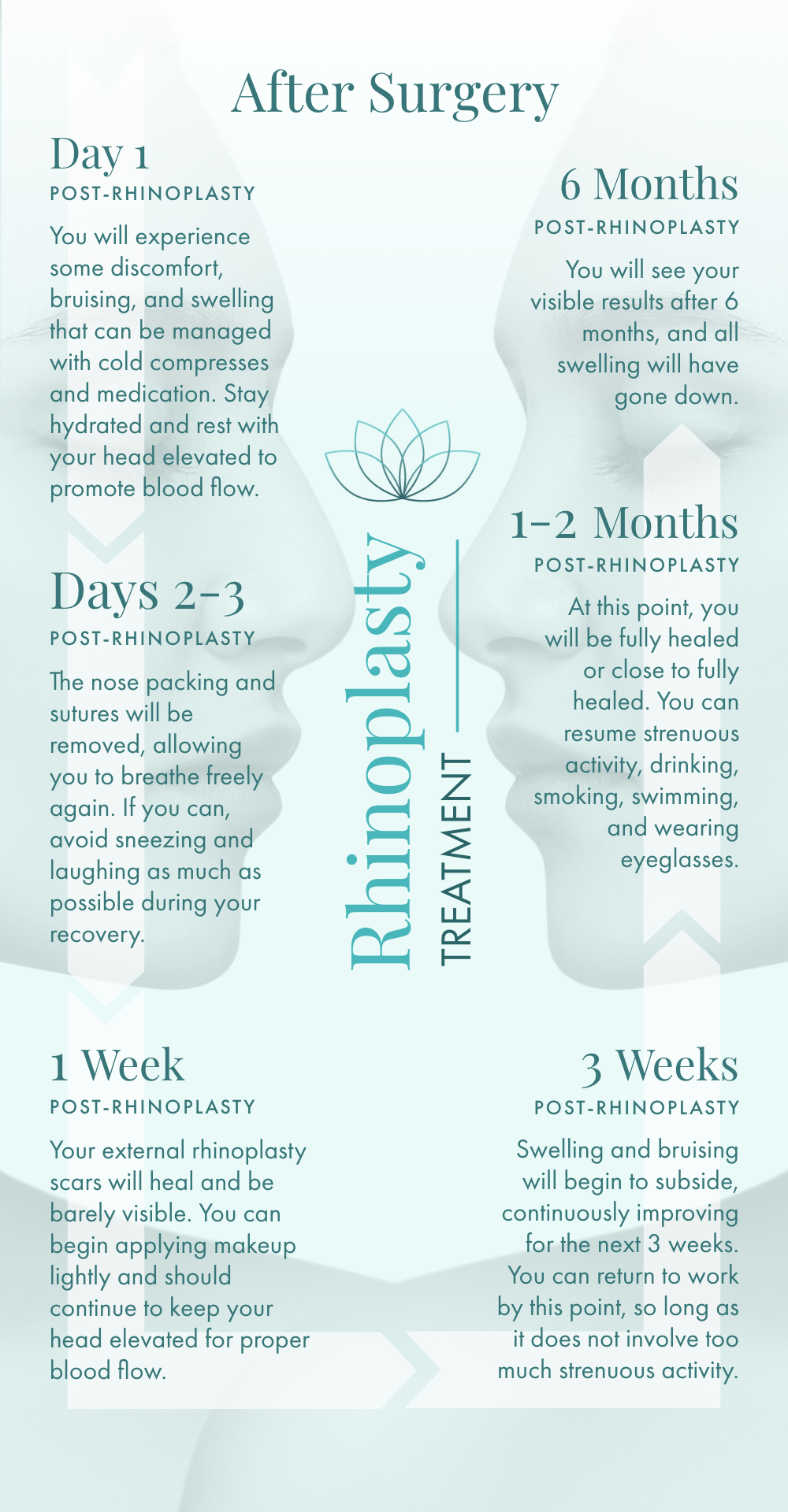
Day 1: You will experience some discomfort, bruising, and swelling that can be managed with cold compresses and oral medication. Stay hydrated and get plenty of rest with your head elevated to promote blood flow.
Day 3: The nose packing and sutures will be removed, allowing you to breathe freely again. If you can, avoid sneezing and laughing as much as possible during your recovery.
Week 1: Your external rhinoplasty scars will heal and be barely visible. You can begin applying makeup lightly and should continue to keep your head elevated for proper blood flow.
Week 3: Swelling and bruising will begin to subside, continuously improving for the next 3 weeks. You can return to work by this point, so long as it does not involve too much strenuous activity.
Week 6: At this point, you will be fully healed or close to fully healed. You can resume strenuous activity, drinking, smoking, swimming, and wearing eyeglasses.
After 6 Months: You will see your visible results after 6 months, and all swelling will have gone down.
What to Expect Following your Nose Surgery?
After your rhinoplasty procedure, you will be given detailed aftercare instructions to follow so you can heal fully and quickly, enjoying your beautiful results as soon as possible.
You may need to tape your nose after your rhinoplasty or wear a nasal retainer. You should also avoid swimming, wearing glasses, eating spicy food, and doing anything that could hurt the nose or restrict blood flow during the first few weeks of healing.
Some general guidelines for optimal healing include:
- Avoid strenuous activity for 2-3 weeks.
- Go for walks to promote blood circulation and prevent swelling.
- Avoid wearing glasses for 4-5 weeks so your nose does not shift.
- Avoid blowing your nose and laughing if possible.
- Eat healthy, stay hydrated, and give your body nutrients.
- Take time off work so you can heal properly with no stress.
- Keep your head elevated for blood flow, especially while sleeping for the first few weeks.
6 Types of Rhinoplasty
Rhinoplasty, a transformative procedure for reshaping the nose, is available in two primary techniques: open and closed rhinoplasty.
- Open Rhinoplasty: This involves a small incision at the base of the nostrils, providing Toronto Plastic Surgeons extensive access to the nasal structure. This approach is ideal for comprehensive reshaping, addressing both aesthetic and functional goals.
- Closed Rhinoplasty: Here, all incisions are made within the nasal passages. This technique offers the advantage of no visible scarring, although it allows for less extensive modifications compared to the open method.
For more details on these procedures, visit our comprehensive guide on open and closed rhinoplasty.
Different Subtypes of Rhinoplasty
- Cosmetic Rhinoplasty: This is a popular choice for those looking to enhance their facial aesthetics. It effectively addresses issues like an overprotected or underprojected tip, tension tip, bulbous tip, an elongated nose, and dorsal hump deformities.
- Liquid (Non-Surgical) Rhinoplasty: For those hesitant about surgery, liquid rhinoplasty offers a non-invasive alternative. It involves the use of dermal fillers to subtly alter the nose’s shape, correcting asymmetries and other minor imperfections without the need for plastic surgery.
- Functional Rhinoplasty: This procedure is primarily focused on improving nasal function. It’s often recommended for correcting congenital defects or a deviated septum, enhancing both breathing efficiency and comfort. Additionally, it can subtly improve the nose’s appearance.
- Revision (Secondary) Rhinoplasty: Toronto Plastic Surgeons specializes in revision rhinoplasty for patients dissatisfied with their previous surgery results. This procedure is tailored to address specific issues such as asymmetry, bumps, and other concerns not adequately resolved in the initial surgery.
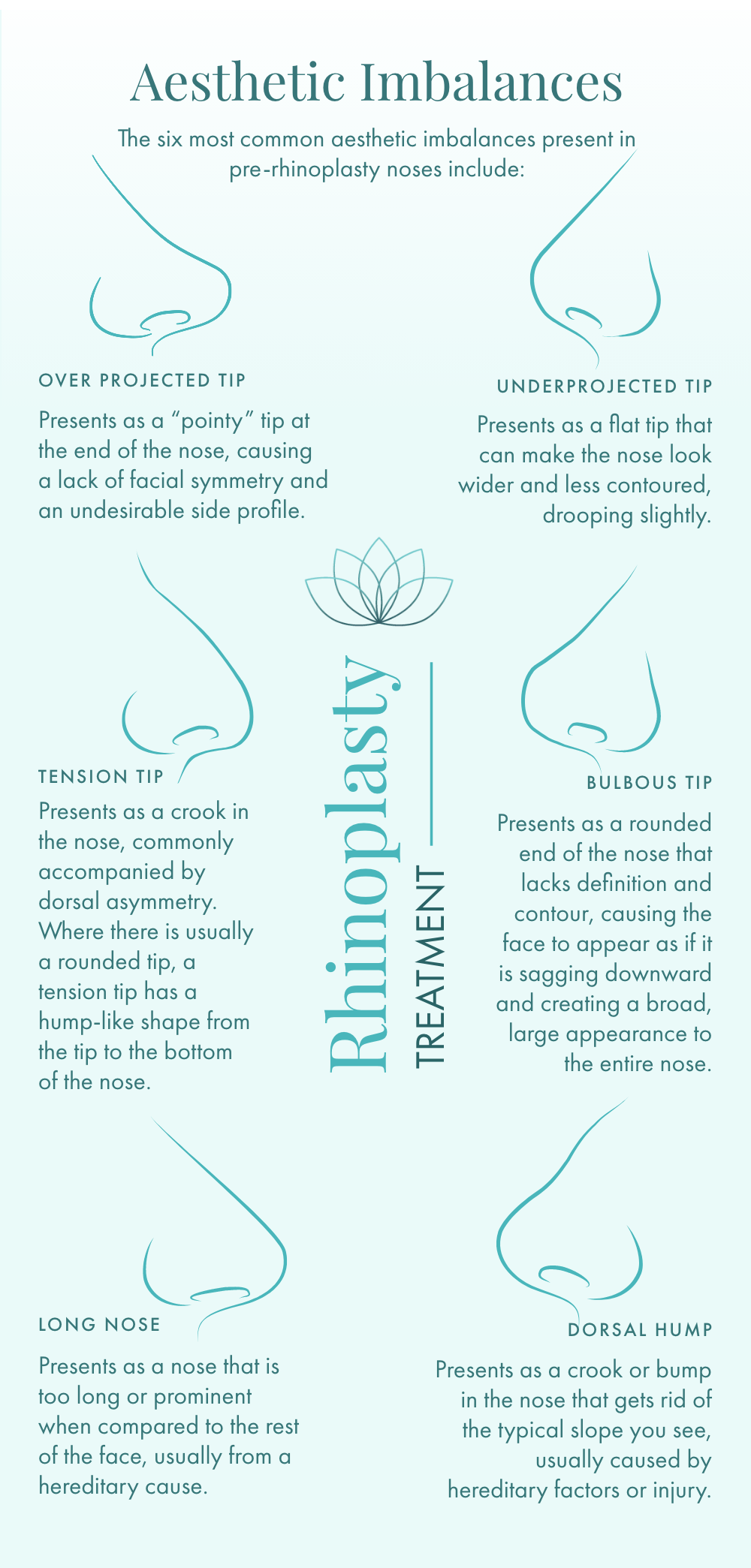
Each of these rhinoplasty types is designed to cater to unique needs, ensuring personalized care and optimal results. Whether seeking aesthetic enhancement or functional improvement, our clinic offers a range of solutions to help you achieve your desired outcome.
Ethnic Rhinoplasty in Toronto
To honour your heritage while enhancing your beauty, TPS offers ethnic nose job procedures. These include:
Asian Rhinoplasty
Performed with the intent to define the nasal tip and make changes to the lower bridge.
African American Rhinoplasty
Performed to address thicker skin, flared nostrils, or flattened bridges. Alterations can be made to the size and width of the nose while still maintaining your natural beauty.
Persian Rhinoplasty
Performed to reduce bumps in the nose and make the bridge of the nose more proportionate with the other features of your face.
Septoplasty vs. Rhinoplasty
Rhinoplasty and Septoplasty may appear similar at first glance, but while rhinoplasty addresses both cosmetic and medical concerns, a septoplasty is performed just to correct medical concerns. Outlined below are the main differences between the two procedures.
| Rhinoplasty | Septoplasty | |
| Concerns | Addresses crooks and bumps in the nose, nasal tip symmetry, dorsal humps, and nose length, along with correcting facial asymmetry and airway concerns to fix breathing. | Addresses and corrects deviated septums, removes nasal polyps, reduces the turbinate part of the nose, and corrects breathing for improved nose function. |
| Technique | General anesthesia is administered to reduce any discomfort. A small incision is made to access the bone structure so Toronto Plastic Surgeons can make planned alterations. The nostrils may be reduced/narrowed, and airway surgery may also be performed to prevent airway obstruction after surgery. | This procedure is performed entirely internally. Toronto Plastic Surgeons will create an incision on the side of your nose and lift the membrane that protects the septum. Your septum’s bone will then be reshaped, and cartilage will be corrected for improved function. This procedure is also performed under general anesthetic. |
| Purpose | Predominantly cosmetic but can be functional to correct breathing. | Predominantly medical/functional but can result in better symmetry in the face. |
| Options Available | There are five main types of rhinoplasty available: cosmetic rhinoplasty (to improve your outer appearance), liquid rhinoplasty (a non-surgical option), functional rhinoplasty (to correct breathing issues), revision rhinoplasty (to correct concerns created during a primary rhinoplasty), and ethnic rhinoplasty (to create symmetry in the face while still honouring your ethnic heritage and features). | There are three types of septoplasty available: nasal septoplasty (corrects a deviated septum), turbinate reduction (reduces the internal filtering part of the nose), and nasal polyp removal so the airway is unobstructed. You can get one or all procedures performed. |
To learn more about the similarities and differences associated with rhinoplasty and septoplasty procedures, check out our blog post.
Rhinoplasty Frequently Asked Questions
Are Rhinoplasty Surgeries Covered by OHIP?
If you are receiving a rhinoplasty or septoplasty for medical/functional purposes in a medical or clinic setting, it can be covered by OHIP as it concerns your well-being and health.
If you are receiving any nose job procedure for aesthetic purposes, it will not be covered by OHIP.
Is Rhinoplasty Painful?
There is some discomfort associated with rhinoplasty surgery that is reduced due to the administration of anesthesia. You will also feel some discomfort due to swelling and bruising for the first few days after your procedure, but you can reduce this feeling with cold compresses and over-the-counter pain medication.
What is a “Thick Skin” Rhinoplasty?
If you have thicker skin, your nose job will require Toronto Plastic Surgeons to add cartilage, instead of removing it, to create the desired definition and contour.
This condition typically applies to younger people or people of particular ethnicities, but skin thickness varies from person to person.
Can a Rhinoplasty Fix a Deviated Septum?
Yes, although rhinoplasty procedures are often considered cosmetic, they can also be performed to correct certain breathing issues, such as those created by a deviated septum.
If you have more severe issues that concern functionality over aesthetics, you may want to consider a septoplasty.
What Is The Difference Between Tip Plasty and Rhinoplasty?
Tip plasty focuses specifically on reshaping the nasal tip, while a rhinoplasty addresses the entire nose structure. During your rhinoplasty consultation, Toronto Plastic Surgeons can discuss which option is best suited to your aesthetic goals.
What is Computer Simulated Nose Job Surgery?
At TPS, Toronto Plastic Surgeons can use computer simulation to selectively adjust areas of the nose without affecting the rest of the face. This way, you know exactly what you are getting during the cosmetic surgery and can work together to understand your aesthetic goals.
You can work with Toronto Plastic Surgeons, board certified plastic surgeon, to create a virtual version of your perfect nose and agree on a course of action to achieve it!
Rhinoplasty Testimonials
“Testimonial 1: I was recently blessed enough to have a rhinoplasty procedure performed by Toronto Plastic Surgeons. I have never have had any surgery experience prior to my rhinoplasty, so this was something I was very nervous about. However, I instantly felt at ease the minute I met Toronto Plastic Surgeons and his team. He did not put any pressure on me to jump into surgery, he made sure I was absolutely ready and prepared to continue on. But I knew right away that I wanted Toronto Plastic Surgeons to perform my procedure. Toronto Plastic Surgeons has so much attention to detail, he is very passionate about giving each patient a nose special to them and one that suits their face. He took the time to really discuss with me what I changes I wanted to see and what results I was looking for. He is so kind and good humoured. Day of surgery, I truly could not have asked for a better experience. Toronto Plastic Surgeons and the team’s bedside manner is unmatched. Not to mention I was in no pain at all! Everyone was so so sweet to me and have made me feel so special. I was so comfortable. Carmela was with me the whole day caring for me, she is incredibly caring and sweet. Jenny and Natalie have also been by my side throughout this whole adventure. I honestly wish I could experience it all over again! I am in love with the results and I am so so happy. I have always hated my nose, now I cannot stop looking at it and taking pictures. Big thank you again to Toronto Plastic Surgeons and the TPS Team.” – RealSelf.

